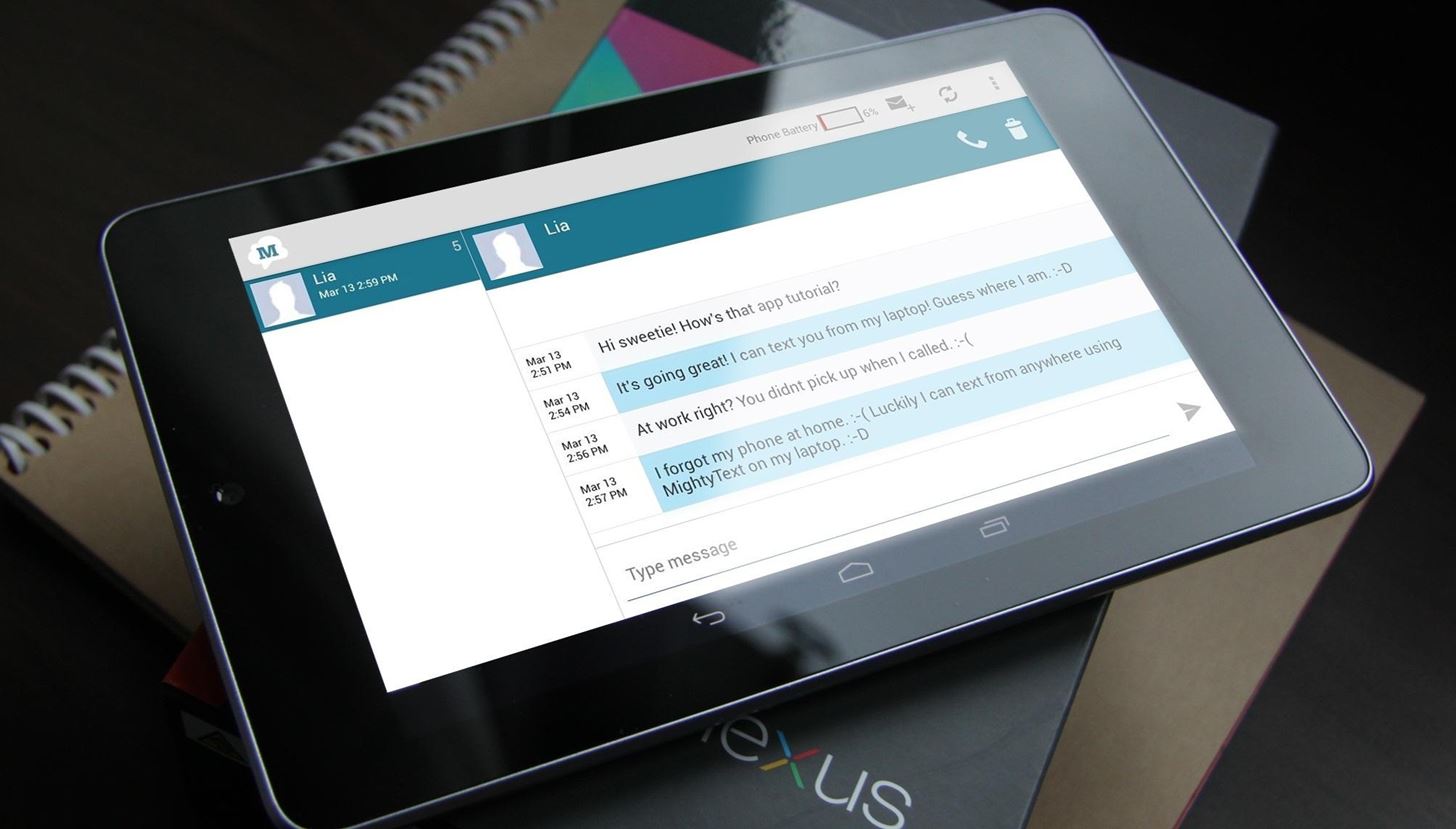
Setting Up Your Android Device for SMS
Before receiving SMS on an Android device, ensure the phone is properly set up. Follow these steps:
-
Activate Your SIM Card
- Insert the SIM card into the phone, ensuring it is properly seated.
- For new SIM cards, activation might require contacting the service provider.
-
Check Network Coverage
- Verify a strong network signal by checking the status bar at the top of the screen.
-
Verify Phone Number
- Confirm the phone number associated with the SIM card in the settings under "About phone" or "Status."
-
Enable SMS
- SMS is usually enabled by default. If disabled, go to settings, navigate to "Apps" or "Application Manager," find the messaging app, and ensure it is enabled.
-
Configure Messaging App
- Ensure the messaging app is set as the default. Open the app, go to settings, and look for an option like "Set as default."
Managing Background Apps
Too many background apps can slow down the phone and affect SMS reception. Manage these apps by following these steps:
Accessing Background Apps
- Go to settings and find the "Apps" or "Application Manager" section.
- View running apps and close unnecessary ones.
- Alternatively, use the "Recent Apps" button to swipe away unused apps.
Closing Unnecessary Apps
- Identify apps consuming excessive resources.
- Close these apps by swiping them away from the recent apps list or selecting "Force stop" in the app manager.
Preventing Background Data Usage
- Some apps consume data in the background, affecting SMS reception.
- Go to settings, navigate to "Data usage" or "Mobile data."
- Restrict background data access for specific apps.
Regular Software Updates
Updating the phone's software maintains performance and ensures proper SMS reception. Follow these steps:
Checking for Updates
- Go to settings and find the "Software Update" or "System Update" section.
- Ensure a Wi-Fi connection as updates can be large.
Installing Updates
- Follow prompts to download and install updates.
- Ensure sufficient battery life before starting the update process.
Restarting After Update
- Restart the phone after installing updates to ensure all changes take effect.
Clearing Cache and Unnecessary Files
Over time, phones accumulate cache and unnecessary files, slowing performance and affecting SMS reception. Clear these out by following these steps:
On Android
-
Accessing Storage Settings
- Go to settings and navigate to the "Storage" section.
- View internal and external storage options.
-
Clearing Cached Data
- Look for "Cached Data" or "Clear cache."
- Tap to clear cached data from various apps.
-
Deleting Old Photos and Videos
- Regularly delete old photos and videos to free up storage space.
-
Uninstalling Unused Apps
- Identify and uninstall apps no longer in use to reduce clutter and free up space.
On iOS
-
Accessing Safari Settings
- Open Safari browser.
- Tap the "Share" icon at the bottom of the screen.
-
Clearing History and Website Data
- Tap "Clear History and Website Data."
- Confirm by tapping "Clear Now."
-
Deleting Old Photos and Videos
- Use the Photos app to delete old photos and videos.
- Utilize iCloud Photo Library to store photos and free up device space.
Troubleshooting Common Issues
Encountering issues with receiving SMS on an Android device is common. Here are some problems and solutions:
No Signal
-
Check Network Coverage
- Verify a strong network signal.
-
Restart Your Phone
- Restarting can resolve connectivity issues.
-
Contact Service Provider
- If issues persist, contact the service provider to check for outages or account issues.
Messages Not Showing Up
-
Check Message App Settings
- Ensure the messaging app is set as the default and configured correctly with necessary permissions.
-
Clear App Cache
- Clear the messaging app's cache to ensure proper functionality.
-
Restart Your Phone
- Restarting can resolve app-related issues.
Delayed Messages
-
Check Data Connection
- Ensure a stable data connection. Verify proper Wi-Fi connection if in use.
-
Check Network Congestion
- High network congestion can delay messages.
-
Contact Service Provider
- If issues persist, contact the service provider to check for network issues.
Additional Tips for Maintaining Phone Health
Managing Background Apps
Regularly close unnecessary apps and prevent background data usage to maintain optimal performance.
Regular Software Updates
Keep the phone's software updated to ensure proper SMS reception and improved performance.
Clearing Cache and Unnecessary Files
Regularly clear cached data, delete old photos and videos, and uninstall unused apps to keep the phone clean and efficient.
